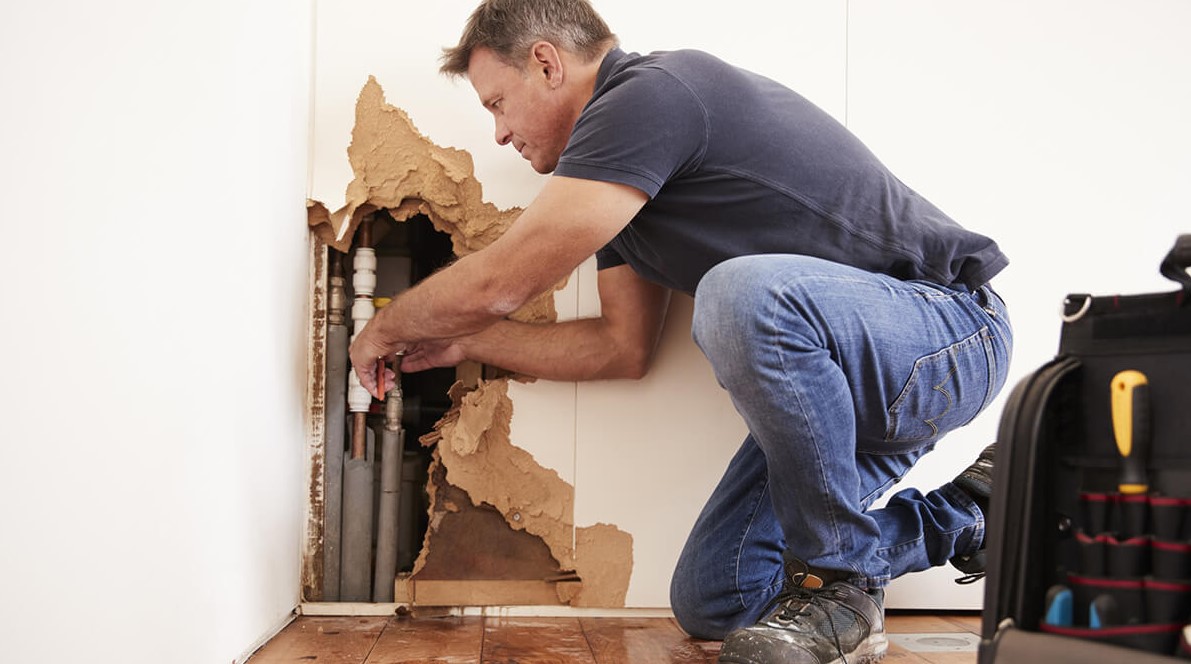Water damage can cause significant problems for homeowners and businesses, leading to costly repairs and even health hazards. From leaks and floods to burst pipes and natural disasters, water damage can occur in a variety of ways. Fortunately, there are several expert tips and techniques that can help prevent water damage and restore your property if it does occur.
Why Preventing Water Damage is Important
Water damage can be a serious problem, causing extensive damage to your property and even posing health risks to you and your family. It can also lead to costly repairs, insurance claims, and lost possessions. Preventing water damage restoration is essential to protect your property and your family from harm.
Expert Tips for Preventing Water Damage
- Regular Inspections: Regular inspection of your property can help identify early signs of water damage, such as water stains, musty odors, or warped flooring. If you identify any signs of water damage, take immediate action to prevent it from worsening.
- Clear Gutters and Downspouts: Clogged gutters and downspouts can cause water to overflow, leading to water damage and even structural problems. Regularly clean and clear gutters and downspouts to prevent water damage.
- Prompt Repairs: Leaks, no matter how small, can quickly turn into bigger problems. Promptly repair any leaks to prevent water damage from worsening.
- Install a Sump Pump: If you have a basement or crawl space that is prone to flooding, installing a sump pump can help prevent water damage. A sump pump pumps out excess water before it can cause harm.
- Maintain Plumbing: Regular maintenance of your plumbing can help prevent leaks and other plumbing-related problems that can lead to water damage.
Techniques for Restoring Water Damage
If water damage does occur, there are several restoration techniques that can help minimize the damage and restore your property. These include:
- Water Extraction: Removing excess water is the first step in water damage restoration. This can be done using pumps, vacuums, and other equipment.
- Drying: After water extraction, the affected area must be thoroughly dried. This can be done using fans, dehumidifiers, and other equipment.
- Cleaning and Sanitizing: Water damage can lead to mold and other health hazards. Cleaning and sanitizing the affected area can help prevent these hazards.
- Restoration: Once the affected area is cleaned and sanitized, the restoration process can begin. This may include replacing damaged flooring, drywall, and other materials.
Conclusion
Water damage can be a significant problem for homeowners and businesses. By following these expert tips and techniques for preventing water damage and restoring your property if it does occur, you can protect your property and your family from harm. Remember, early detection and prompt action are key to preventing water damage from becoming a bigger problem.





